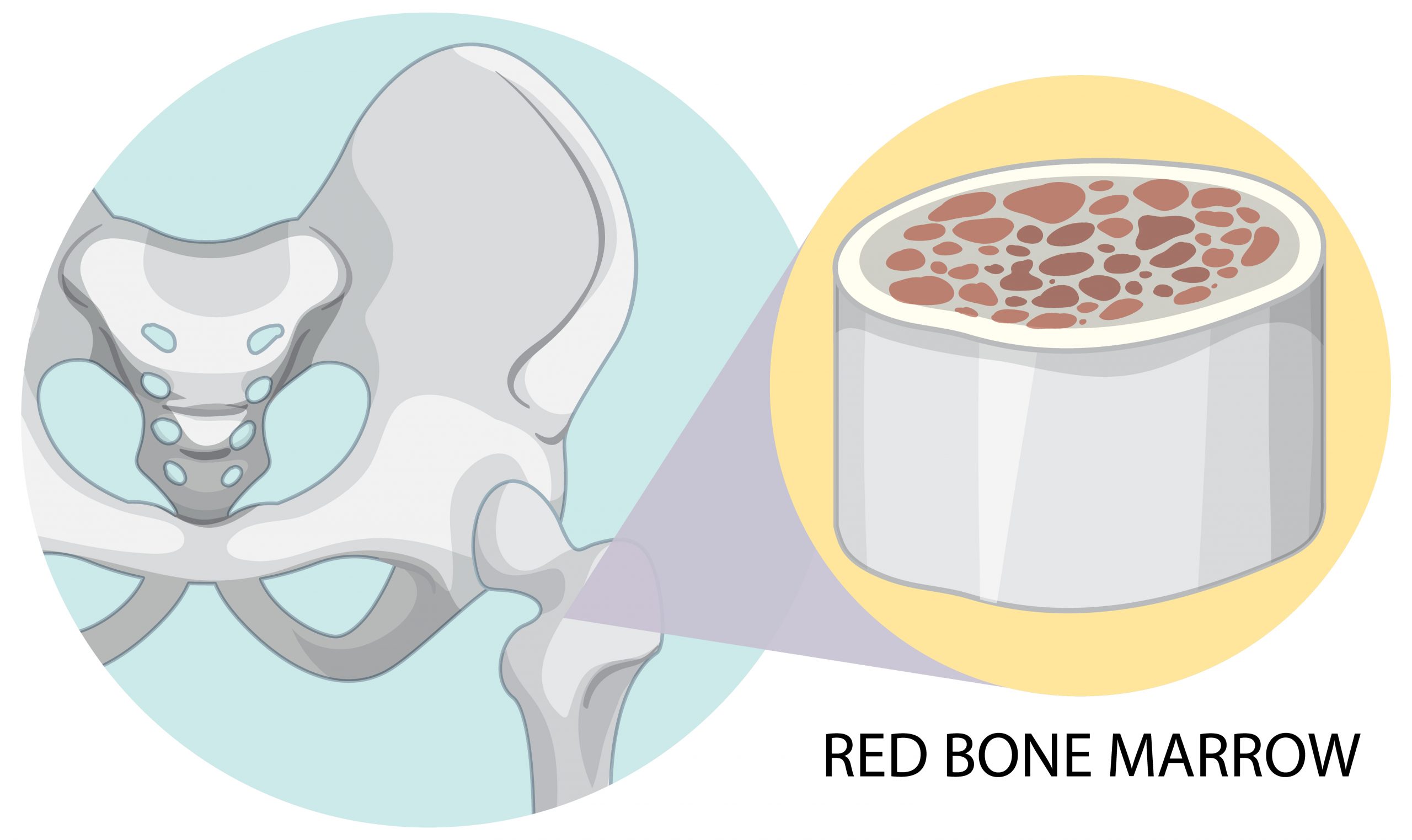

Engineered bone marrow (eBM) offers the potential to improve treatment for osteosarcoma, a malignant bone cancer with a low survival rate. A new paper published in the Proceedings of the National Academy of Sciences by UC Davis researchers describes the possibilities of eBM. This involves assisting researchers in discovering how bone marrow cells influence osteosarcoma growth, testing cancer medicines, and even tailoring treatment.
Osteosarcoma is a cancer that develops in the bone and bone marrow. It spreads to the lungs in 25% of individuals. It is the most frequent type of primary bone cancer in children and adolescents, affecting children under the age of 13. The 5-year survival rate for children with metastatic cancer is less than 25%. Despite advances in many other cancer types, treatment for osteosarcoma has remained virtually constant for the past four decades.
“The way we’ve previously studied osteosarcoma progression has been insufficient,” said Kent Leach, professor of Orthopaedic Surgery and Biomedical Engineering at UC Davis and the corresponding author on the paper. Leach is also the Lawrence J. Ellison Endowed Professor of Musculoskeletal Research.
Bone marrow is a complicated structure that contains cells that can influence tumor formation. However, most osteosarcoma research is done in flat, artificial cultures that do not replicate the tumor environment, or in mouse models with many characteristics that scientists cannot control. These models have stifled progress toward viable osteosarcoma therapies.
“We believe that if we can do a better job of studying how these tumor cells grow and respond to drugs, we can cut down on challenging, critical cases where tumors leave the bone, go to the lungs, and have a devastating effect on patients,” Leach explained.
An interdisciplinary team of researchers from UC Davis and Lawrence Livermore National Laboratory created and studied eBM to advance osteosarcoma research and therapy. When bone marrow is extracted from a patient, it collapses outside of the body, limiting the biological relevance of the research. eBM, on the other hand, retains its integrity and provides a life-like media for osteosarcoma cell growth. Researchers can utilize eBM to investigate how bone marrow promotes cancer growth and how osteosarcoma therapies affect cells in a realistic setting.
eBM has numerous potential advantages.
Personalized therapy for individual patients is one potential application for eBM. Early detection of the right cancer treatment can lead to better patient outcomes. Before beginning a regimen, eBM has the capacity to biopsy and culture an individual’s tumor and decide an appropriate treatment.
“Scientifically, I’m incredibly excited,” Leach said. “I collaborate with outstanding clinicians who work every day to treat kids with osteosarcoma and other cancers that originate or metastasize to the bone. It’s a privilege to work on improved options for research with this team.”
Coauthor and Department of Orthopaedic Surgery Chair R. Lor Randall sees the exciting clinical applicability of eBM. “Engineered bone marrow maintains tremendous fidelity in creating a native microenvironment to understand how osteosarcoma develops, as well as how it behaves during metastasis to bone tissue,” he said.
Engineered bone marrow may potentially aid in the treatment of osteosarcoma in dogs. Currently, limb amputation is the only option for eliminating malignancies in pets.
Katherine Griffin is a study coauthor and dual Doctor of Veterinary Medicine/Ph.D. candidate at UC Davis. “This work is very exciting because it lays the foundation for a technology that could be used to help veterinary and human patients alike,” Griffin said. “By providing a realistic bone marrow niche for study in the traditional lab setting, it opens doors for new discoveries.”
more recommended stories
 Walking Speed Before Hip Replacement Predicts Recovery
Walking Speed Before Hip Replacement Predicts RecoveryNew Evidence Points to a Simple,.
 Neuroblastoma Drug Combo Extends Survival in Models
Neuroblastoma Drug Combo Extends Survival in ModelsA Promising Shift in High-Risk Neuroblastoma.
 Safer Allogeneic Stem Cell Transplants with Treg Therapy
Safer Allogeneic Stem Cell Transplants with Treg TherapyA new preclinical study from the.
 How Soybean Oil Impacts Weight Gain and Metabolism
How Soybean Oil Impacts Weight Gain and MetabolismWhy Soybean Oil May Affect Metabolism.
 Coffee and Cognitive Function: Evidence Review
Coffee and Cognitive Function: Evidence ReviewA new narrative review in Cureus.
 AI in Emergency Medicine and Clinician Decision Accuracy
AI in Emergency Medicine and Clinician Decision AccuracyEmergency teams rely on rapid, accurate.
 Colorectal Cancer Screening Rates Low in Adults 45–49
Colorectal Cancer Screening Rates Low in Adults 45–49Recent UCLA research reveals that colorectal.
 Gut Immune Cells and Long-Lasting Antiviral Protection.
Gut Immune Cells and Long-Lasting Antiviral Protection.Breakthrough Findings on How Gut Immune.
 Mild Pancreatic Duct Dilatation Signals Higher Cancer Risk
Mild Pancreatic Duct Dilatation Signals Higher Cancer RiskEarly Structural Changes Offer Critical Clues.
 How the Uterus Senses Force During Labor: New Insights
How the Uterus Senses Force During Labor: New InsightsA new study published in Science.

Leave a Comment